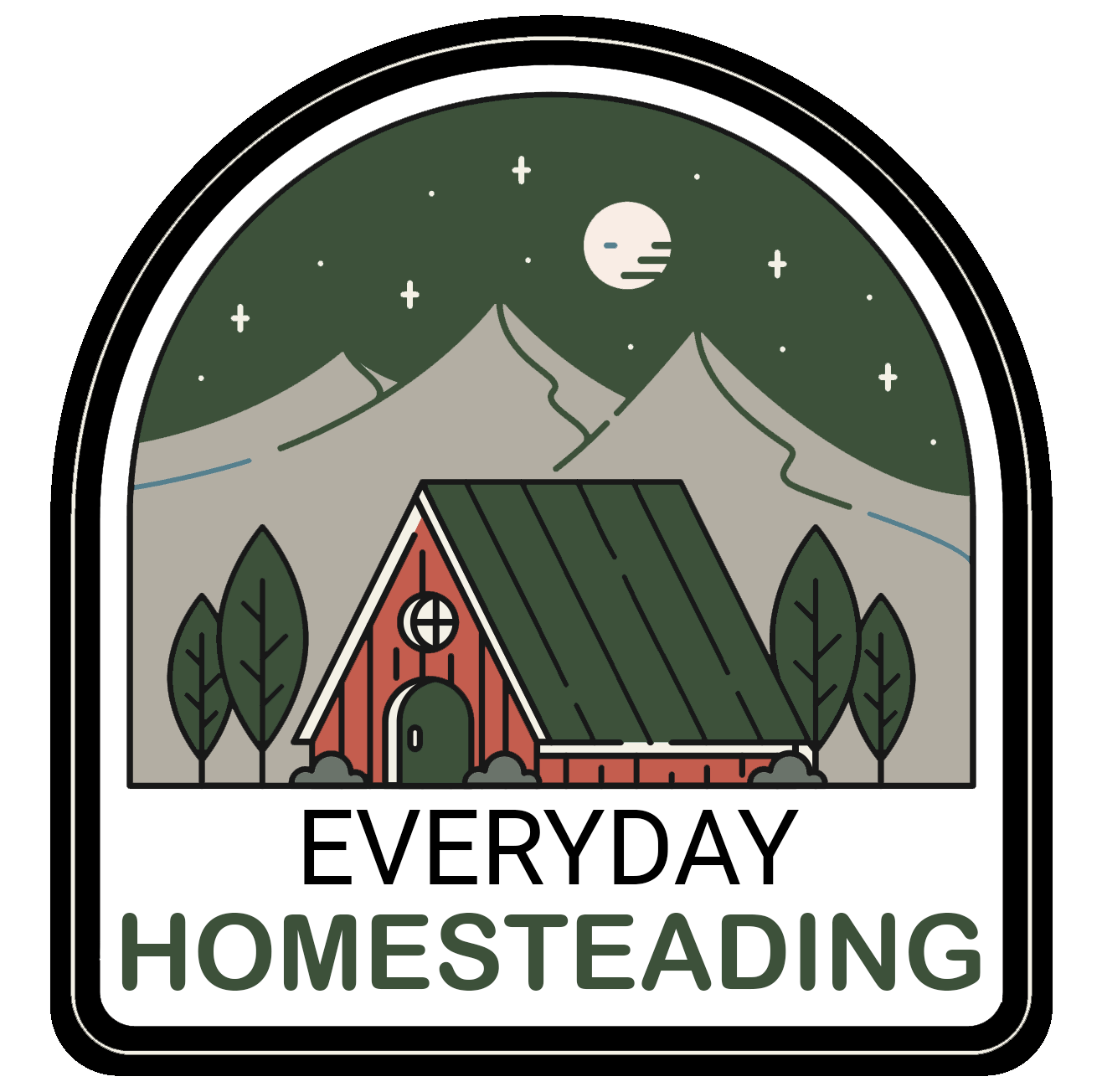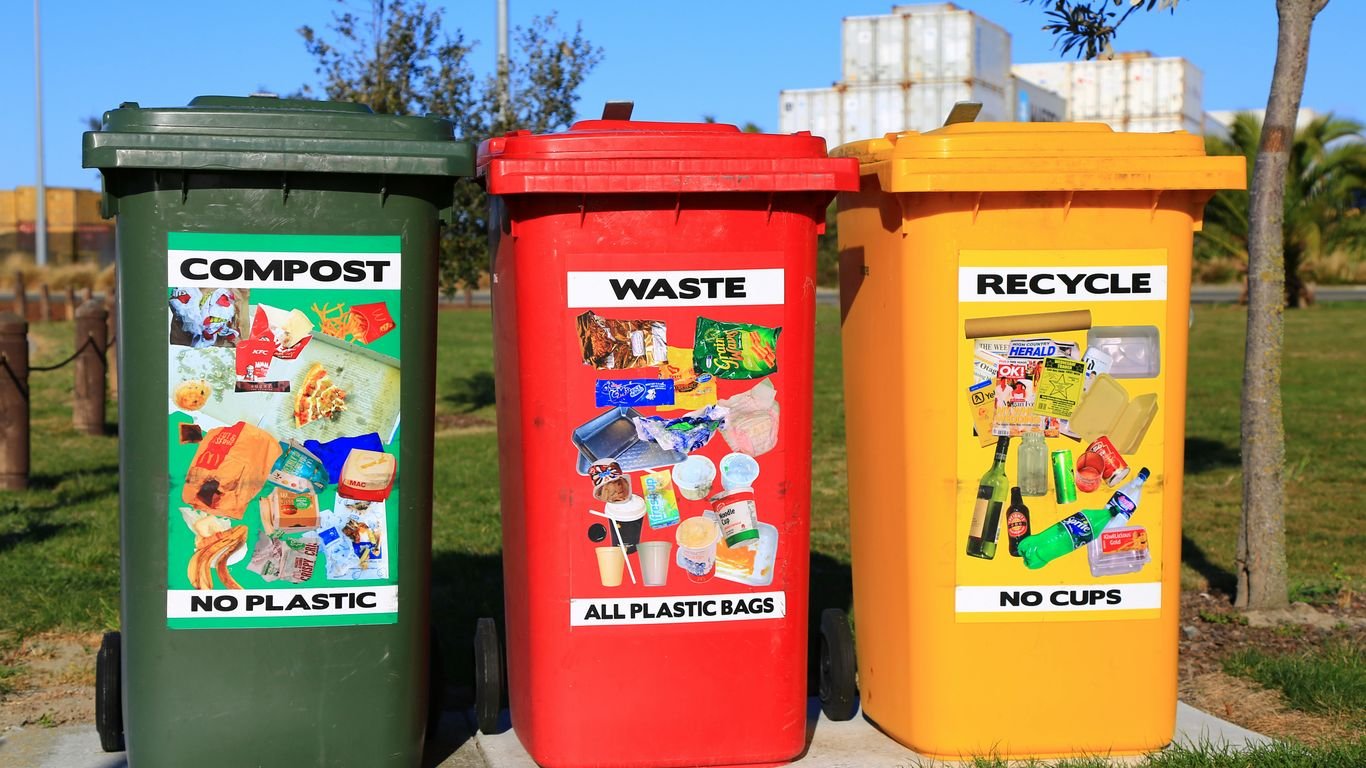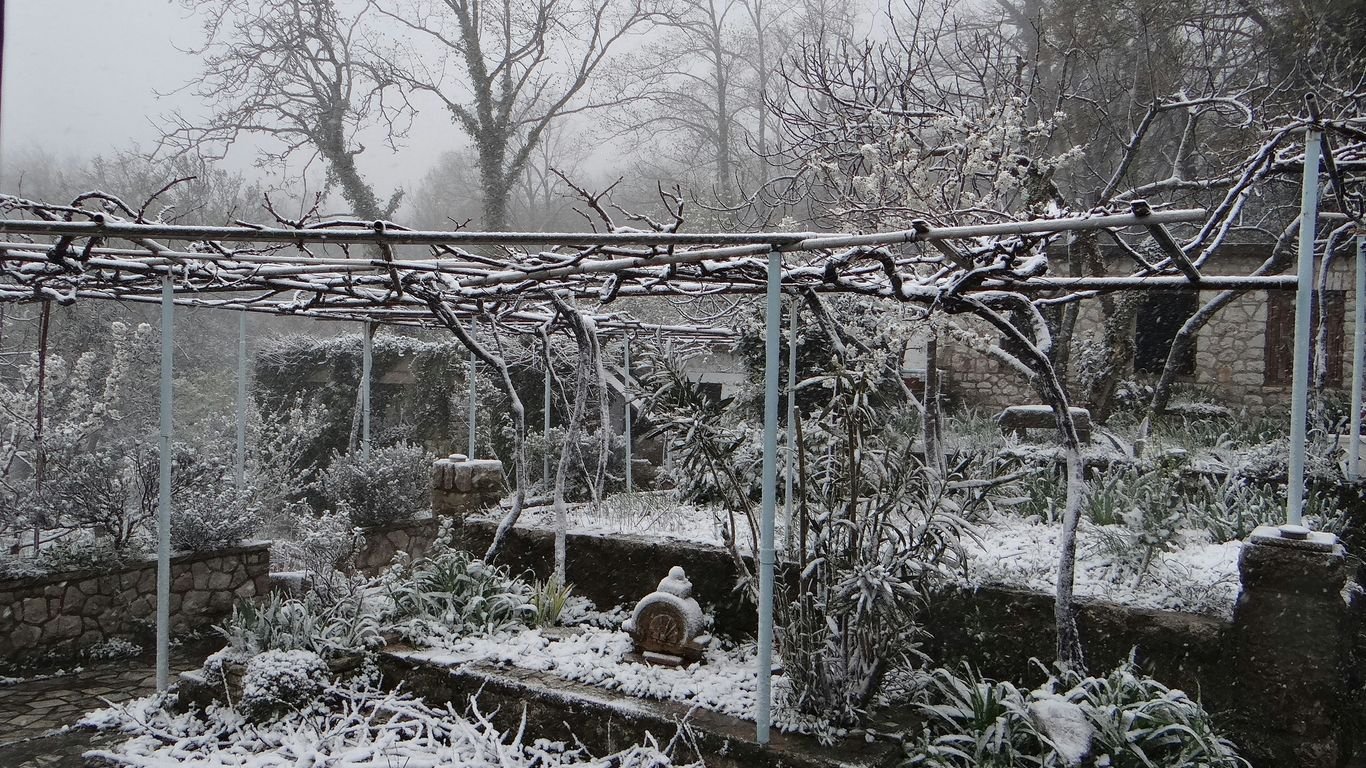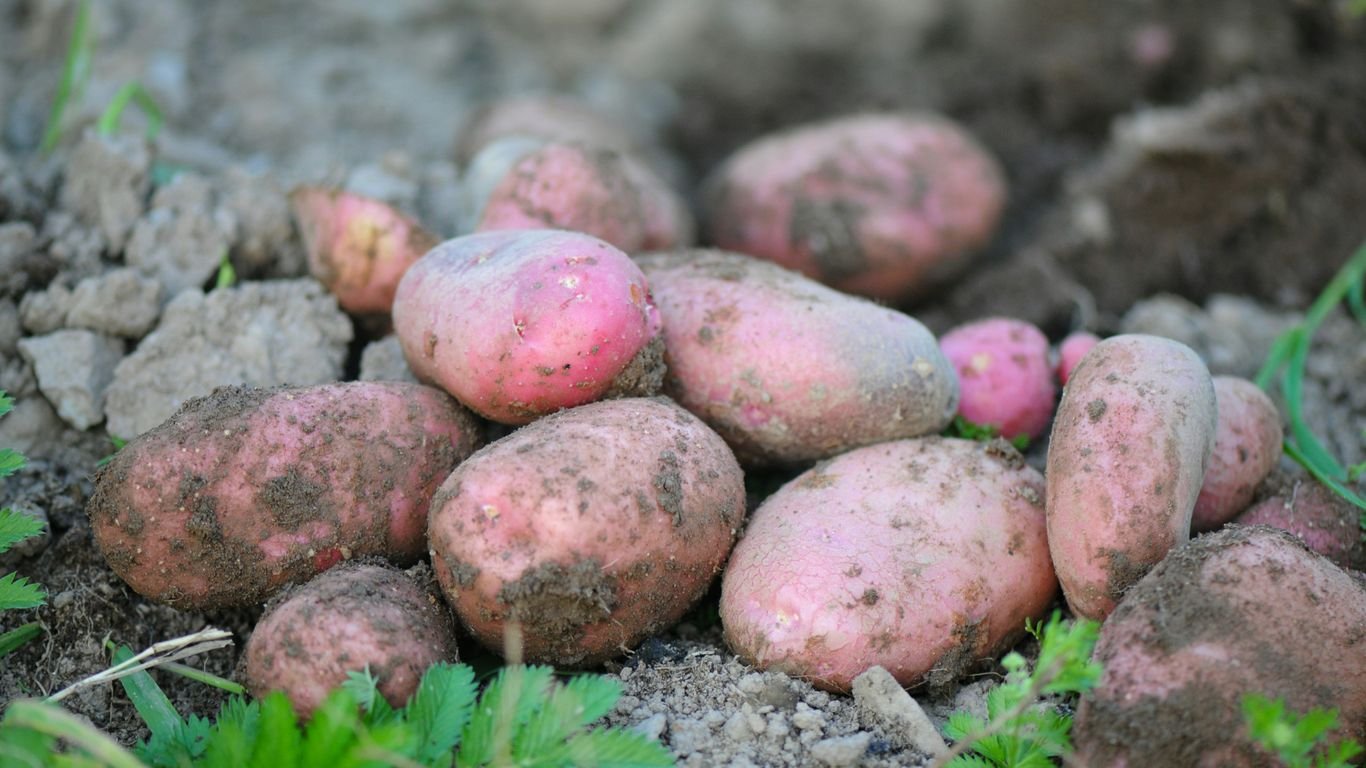Foraging in Pennsylvania: Edible Mushrooms, Greens, and Nuts

We’ve always been fascinated by the idea of finding our own food. Pennsylvania’s landscape is surprisingly generous, offering up all sorts of edible treasures if we know where to look. From the tender greens of spring to the hearty nuts of fall, foraging is a rewarding way to connect with nature and discover delicious, free food. We’re excited to share what we’ve learned about foraging in Pennsylvania, covering everything from the gear we need to the best times to find specific edibles.
Key Takeaways
- Always be absolutely sure of a plant’s identification before consuming it; when in doubt, leave it out.
- Familiarize yourself with Pennsylvania’s foraging laws and always respect private property.
- Harvest responsibly by taking only what you need and leaving plenty for the ecosystem to thrive.
- Gathering wild edibles is best done with a guide or through reputable resources to ensure safety and proper identification.
- Understanding the seasons is key to successful foraging in Pennsylvania, as different plants and fungi are available at different times of the year.
Getting Started With Foraging Pennsylvania

So, you’re thinking about getting into foraging here in Pennsylvania? That’s awesome! It’s a fantastic way to connect with nature and find some really tasty treats. It might seem a little daunting at first, wondering what’s safe and where to even begin, but we’ve got you covered. Think of it as a treasure hunt, but the treasure is delicious food you found yourself.
Essential Gear For Your Foraging Adventures
Before you head out, having the right gear makes all the difference. You don’t need a ton of fancy stuff, but a few key items will make your trips much more enjoyable and productive. A good field guide specific to our region is probably the most important thing you can bring. It’s your go-to for identifying what you find. Also, grab a sturdy basket or bag for collecting – something that allows for good air circulation so your finds don’t get bruised or moldy. A small knife or trowel is handy for harvesting, and don’t forget a water bottle and maybe some snacks. A compass or GPS can be helpful if you’re exploring unfamiliar territory. Lastly, a notebook and pen to jot down observations or sketch what you find can be really useful for learning.
Understanding The Seasons For Foraging
Knowing when to look for what is half the battle. Pennsylvania’s seasons offer a constantly changing buffet. Spring is prime time for tender greens like dandelion and fiddleheads, as well as early mushrooms. Summer brings a bounty of berries and some of the more common mushrooms. As fall rolls in, it’s all about nuts, roots, and the later mushroom varieties. Even winter can offer some hardy greens and certain types of fungi if you know where to look. Paying attention to the weather patterns each year will also give you clues about when certain plants might be ready.
Key Resources For Pennsylvania Foragers
To really get the most out of foraging, we found that connecting with others and using good resources is super helpful. Online groups, like those found on social media, are great places to ask questions and see what others are finding. There are also some excellent books out there that focus specifically on Pennsylvania’s edible plants and fungi. For instance, books like ‘Practical Guide to Pennsylvania’s Wild Plants’ are a great starting point. Checking out local foraging communities or even attending a guided walk can give you hands-on experience. Remember, learning from experienced foragers is one of the best ways to build your confidence and knowledge about Pennsylvania’s edible plants.
Always remember to be respectful of the land and private property. Never harvest without permission, and when you do find something, take only what you need. Leaving plenty behind ensures that these wild foods will be around for years to come, for you and for others.
Edible Greens And Shoots To Discover
Pennsylvania is a treasure trove for anyone looking to add some wild flavors to their plate. We’ve found that many common plants we might overlook are actually delicious and packed with nutrients. It’s amazing what you can find right in your backyard or on a hike if you know what to look for.
The Versatile Dandelion
We all know the dandelion, that bright yellow flower that pops up everywhere. But did you know that almost every part of it is edible? The young leaves, especially before the plant flowers, are less bitter and make a great addition to salads. If you find them a bit strong, a quick soak in cold water can mellow out the flavor. The flowers can be used to make dandelion wine, a surprisingly potent and tasty treat, or you can fry them up for a crispy snack. Even the roots can be roasted and ground for a coffee substitute. It’s truly a plant that keeps on giving, and you can find resources on making dandelion wine and other preparations from this collection of articles.
Tender Fiddleheads And Knotweed Shoots
As spring arrives, keep an eye out for fiddleheads, the coiled young shoots of ferns. They have a unique, slightly nutty flavor and a crisp texture, often compared to asparagus or green beans. Make sure you’re identifying the right ferns, though, as not all are edible. Knotweed shoots, which appear a bit later, are also a fantastic find. They have a tart, rhubarb-like taste and are great in pies, jams, or even cooked down as a sauce. Always cook fiddleheads thoroughly before eating them.
Wild Garlic And Garlic Mustard
Two pungent greens that are often abundant in Pennsylvania are wild garlic and garlic mustard. Wild garlic, also known as wild onion or onion grass, has a distinct garlicky flavor and can be used just like cultivated garlic or onions in cooking. You can chop the greens into salads, stir-fries, or use them as a garnish. Garlic mustard, on the other hand, has a stronger, more pungent flavor. While the leaves can be used sparingly in salads or cooked as greens, they are particularly good when sautéed with other vegetables. Be aware that garlic mustard is an invasive species, so harvesting it helps the local ecosystem.
When foraging for any greens, it’s super important to be absolutely certain of your identification. If there’s even a tiny bit of doubt, leave it be. Sticking to well-known, easily identifiable plants like dandelions and garlic mustard when you’re starting out is a smart move. Plus, always try to forage from areas you know haven’t been sprayed with pesticides or other chemicals.
Delicious Wild Berries And Fruits
Pennsylvania’s woodlands and fields are bursting with a variety of wild fruits and berries that we can enjoy. It’s a fantastic way to add some unique flavors to our meals and snacks. We’ve found that the best time to look for these treasures is often during the warmer months, but some persist well into the fall.
Discovering Wild Berries in Pennsylvania
We love exploring the different types of wild berries that grow around here. You can find everything from the common blackberry and raspberry, which are pretty straightforward to identify, to some less common ones like wineberries and gooseberries. Remember to always be absolutely sure of your identification before tasting anything. It’s easy to get excited, but a wrong identification can lead to a very unpleasant experience. We usually carry a good field guide and cross-reference with reliable sources like edible plants found in Pennsylvania. Some of our favorites include:
- Blackberries: Look for these along sunny forest edges and old fields. They’re usually ripe by late summer.
- Raspberries: Both red and black varieties are common. They tend to prefer disturbed areas and the edges of woods.
- Wild Strawberries: These tiny gems are often found in open, grassy areas and are a sweet treat in early summer.
- Juniper Berries: While technically cones, these are often used like berries. They have a strong, piney flavor and are best used sparingly as a spice.
The Unique Pawpaw Fruit
The pawpaw is truly one of Pennsylvania’s most interesting native fruits. It’s often called the
Mushroom Hunting In Pennsylvania

Pennsylvania is a fantastic place for mushroom hunting, and we’ve found some real treasures out there. It’s a bit of a thrill, you know, searching for these fungi that pop up after a good rain. We’re talking about some of the most sought-after edible mushrooms that call our state home.
The Elusive Morel Mushroom
Morels are the superstars of spring foraging. They’re pretty distinctive with their honeycomb-like caps, and they have a flavor that’s just out of this world. Finding them can be a bit of a challenge, though. We’ve learned that they often show up in early spring when the ground starts to warm up, usually around 55 to 60 degrees Fahrenheit. Look for them near certain types of trees like elms, ashes, tulip poplars, and old apple trees. Some folks swear by checking out large, dead ash trees that have broken or fallen over – that’s often a good bet.
Identifying Chicken Of The Woods
This one is hard to miss when you find it! Chicken of the Woods, or Laetiporus sulphureus, grows in bright, shelf-like clusters, often on dead or dying hardwood trees. It’s got a vibrant orange and yellow color that really stands out. When cooked, it has a texture and flavor that many compare to chicken, hence the name. We’ve had some amazing meals with this one. It’s important to make sure you’re getting the right kind, though; always double-check your identification.
Finding Hen Of The Woods And Maitake
Hen of the Woods, also known as Maitake, is another fantastic find. These mushrooms grow in dense, feathery clusters that look a bit like a hen’s ruffled feathers, usually at the base of oak trees. They have a rich, earthy flavor and a satisfyingly chewy texture. We’ve found that they tend to appear in late summer and fall. Like other mushrooms, proper identification is key, and it’s always a good idea to go with an experienced forager when you’re starting out. You can find great resources and connect with other foragers through groups like Pennsylvania Mushroom Hunters.
When you’re out looking for mushrooms, remember to take clear photos from different angles and note the surrounding environment. Keeping a journal of your finds, including where and when you found them, can be super helpful, especially if you’re new to identifying different species.
Nuts And Roots For The Taking

Beyond the familiar greens and berries, Pennsylvania’s landscape offers a wealth of nuts and roots that can add unique flavors and textures to our meals. It’s a different kind of foraging, one that often requires a bit more patience and a good eye for what’s hidden beneath the surface or tucked away in a tough shell.
Black Walnuts and Chestnuts
When autumn arrives, we start keeping an eye out for the distinctive husks of black walnuts. These are truly a labor of love; cracking them open can be a challenge, but the rich, oily meat inside is worth the effort. We often use them in baked goods or simply toast them for a satisfying snack. Chestnuts, on the other hand, are a bit easier to process. We look for them after a good frost, when they’ve fallen from the trees. Roasting them by the fire is a classic fall activity, and their sweet, starchy flavor is unmistakable.
Groundnuts and Jerusalem Artichokes
These two root vegetables offer a taste of the earth. Groundnut, or Apios americana, is a vining plant whose edible tubers grow in chains underground. They’re quite nutritious and can be cooked like potatoes, offering a slightly nutty taste. Jerusalem artichokes, relatives of sunflowers, also produce tubers that are delicious roasted or pureed into soups. They have a crisp texture when raw and a sweet, earthy flavor when cooked. Remember, identifying these correctly is key, as some wild sunflowers don’t produce the same edible tubers.
Burdock Root Foraging
Burdock root is another fantastic find, especially in its first year of growth before it sends up its flower stalk. We typically dig for it in the late summer or fall. After thoroughly cleaning it, we find it has a pleasant, slightly bitter taste that mellows with cooking. It can be sliced and stir-fried, or even pickled. It’s important to be sure of your identification, as misidentification can lead to unpleasant results.
When foraging for roots, always remember to disturb the soil as little as possible and to replant any parts of the root that you don’t take, if you can. This helps the plant to continue growing and ensures future harvests for everyone.
Here’s a quick look at when you might find these underground treasures:
- Black Walnuts: Late summer through fall.
- Chestnuts: Fall, after the first frosts.
- Groundnuts: Late summer through fall.
- Jerusalem Artichokes: Fall through winter.
- Burdock Root: Late summer through fall (first-year plants).
For those interested in learning more about sustainable harvesting and preserving your finds, resources on year-round canning can be quite helpful sustainable living practices.
Responsible Foraging Practices
As we venture out into Pennsylvania’s beautiful landscapes to gather wild edibles, it’s super important that we do it right. We want to make sure these natural resources stick around for a long time, and that we’re being good neighbors to both the environment and the people who own the land.
Respecting Property and the Law
First things first, always know where you are and what the rules are. Never step foot on private property without getting explicit permission from the owner. It doesn’t matter if you see a patch of delicious berries; if it’s not your land or you don’t have the okay, leave it be. For public lands, like state parks or forests, you’ve got to check the specific regulations. These can change, so a quick look at the park’s website or a call to the ranger station before you go is a good idea. Some places might have limits on what you can take, or even ban foraging altogether. Being aware of and following these rules keeps us out of trouble and shows respect for the land managers.
The Art of Not Over-Harvesting
This is a big one. When we find a good patch of something tasty, it’s tempting to grab it all. But we need to practice restraint. A good rule of thumb for most plants is to take no more than a tenth of what’s available in an area. This allows the plants to continue to grow, reseed, and thrive. Think about it: if we take every single plant, it can’t reproduce, and that patch could disappear. Mushrooms are a bit different; since the main part of the fungus is underground, they can often handle being harvested more completely and still come back. But for everything else, leave plenty behind. We want to be able to come back next year, and we want others to be able to enjoy it too.
- Assess the patch: Before picking, look at the overall size and health of the plant population.
- Take only what you need: Don’t gather more than you can reasonably use or preserve.
- Leave the roots: For many plants, leaving the root system intact helps ensure regrowth.
- Let it go to seed: If plants haven’t gone to seed yet, consider leaving most of them so they can reproduce.
Properly Cleaning Your Foraged Finds
Once you’ve gathered your treasures, the job isn’t quite done. Proper cleaning is key to enjoying your haul safely. Just like produce from the store, wild foods need a good wash. We usually give everything a rinse under cool water. For items like greens or mushrooms, a gentle shake or a soft brush can help remove dirt and any tiny critters that might have hitched a ride. If you’re planning to sell or share your finds, neat bundling or partial drying can make them more appealing. It’s also important to know where your food came from; plants found near busy roads or in areas that might be sprayed with chemicals aren’t safe to eat, no matter how well you clean them. Sticking to clean, known areas is always best. If you’re interested in learning more about specific plants, like the nutritious beech nut, there are resources available to help you identify them correctly and learn about responsible collection techniques.
We’re all guests in nature’s pantry. Our goal should be to enjoy its bounty without depleting it, ensuring that future generations can also experience the joy of foraging.
Ready to Get Foraging?
So, we’ve talked about a bunch of cool stuff you can find in Pennsylvania, from tasty mushrooms to berries and nuts. It’s pretty amazing what’s out there if you just know where to look. Remember to always do your homework, be sure about what you’re picking, and never take more than you need. Start small, maybe with something easy like dandelions, and work your way up. It’s a great way to connect with nature and maybe even save a little money on groceries. Happy foraging out there!
Frequently Asked Questions
What are the most important things we need to know before we start foraging?
Before we head out, it’s super important to do our homework! We should learn to identify plants correctly and know which ones are safe to eat. Going with someone experienced or joining local foraging groups can give us a great start. We also need to know the rules about where we can pick plants and how much we can take.
What basic gear do we need for foraging?
For our foraging trips, we don’t need a lot of fancy stuff. A good pocket knife is handy for cutting plants. A backpack is useful for carrying our finds. If we plan to spend a good amount of time outside, comfortable hiking boots and rain gear are a good idea, just in case.
How do we know when to forage for different things?
The best time to forage depends on the plant or mushroom. Different plants are ready at different times of the year. For example, we look for dandelion greens in the spring, berries in the summer, and nuts in the fall. Knowing the seasons helps us find the freshest and tastiest wild foods.
What’s the most important rule about picking wild foods?
The biggest rule is to never take more than we need. We should only take a small amount, like one-tenth of what we find in an area, so the plants can keep growing. This is especially true for plants other than mushrooms, which can grow back even if we pick the whole thing.
How do we make sure the wild foods we find are safe to eat?
It’s crucial to be absolutely sure about what we’re picking. We should learn to identify plants very carefully, maybe by taking pictures from different angles and comparing them to reliable guides. We should also avoid picking plants near roads or places where chemicals might be used. Always wash everything thoroughly before eating.
Where are some good places in Pennsylvania to go foraging?
Pennsylvania has lots of great spots! We can find edible plants in forests, along riverbanks, and even in some parks. Areas like the Pennsylvania Wilds, the Laurel Highlands, and places near major rivers often have a good variety of wild edibles. It’s always good to check local regulations for specific parks.






